Carlo Maratta or Maratti was born on 13 or 15 May 1625 in Camerano. The artist soon moved to Rome and become an apprentice in the studio of Andrea Sacchi. According to his first biographer Giovanni Bellori he studied very hard, honing his skill by relentlessly copying works of Raphael and Carracci.
The artist soon established his reputation with commission for pictures of the Virgin and Child: he painted so many that he was nicknamed ‘Carluccio of the Madonna.’ Unsurprisingly, the painter was a favorite of the Holy See, and worked for six different popes during his long career. From the 1660s to his death in 1713, he was the indisputable head of the Roman School, covering important positions such as that of supervisor of the Vatican stanze (1702–1703) and chief painter of Louis XIV; he was also ennobled as a Knight of the Order of Christ.
Maratta enjoyed an enormous success among his contemporaries, yet his style is now considered excessively correct, as if the painter had sacrificed personality and passion to achieve harmony and balanced colors. Nevertheless, his name lives on: it is used in art-historical texts to describe a type of picture frame decorated with moldings and acanthus leaves, popular in England in the 18th century, during the heyday of the Grand Tour.
Reference: “MARATTI, Carlo.” Benezit Dictionary of Artists. Oxford University Press, http://www.oxfordartonline.com/subscriber/article/benezit/B00116133.
“Carlo Maratta.” The Concise Oxford Dictionary of Art Terms. Oxford University Press, http://www.oxfordartonline.com/subscriber/article/opr/t4/e358
The Holy Night (The Nativity), 1650s, oil on canvas. Gemäldegalerie, Dresden. Source: Web Gallery of Art.
A Young Man, 1663, oil on canvas. Staatliche Museen, Berlin. Source: Web Gallery of Art.
Adoration of the Magi (in Garland), oil on canvas, 1669. The Hermitage, St. Petersburg. Source: Web Gallery of Art.
Portrait of Pope Clement IX, 1669 oil on canvas. The Hermitage, St. Petersburg. Source: Web Gallery of Art.
Self-portrait, 1684, chalk on paper. British Museum, London. Source: Web Gallery of Art.
Adoration of the Thorn Crown, undated, oil on canvas, private collection.
The Sleep of the Infant Jesus, with Musician Angels, 1697, oil on wood. Musée du Louvre, Paris. Source: Web Gallery of Art.
Unknown framemaker, British ‘Carlo Maratta’ frame, mid-18th century, carved wood and compo, later oil gilding over original gilding; sanded top rail. Yale Center for British Art, New Haven. Source: Yale Center for British Art.



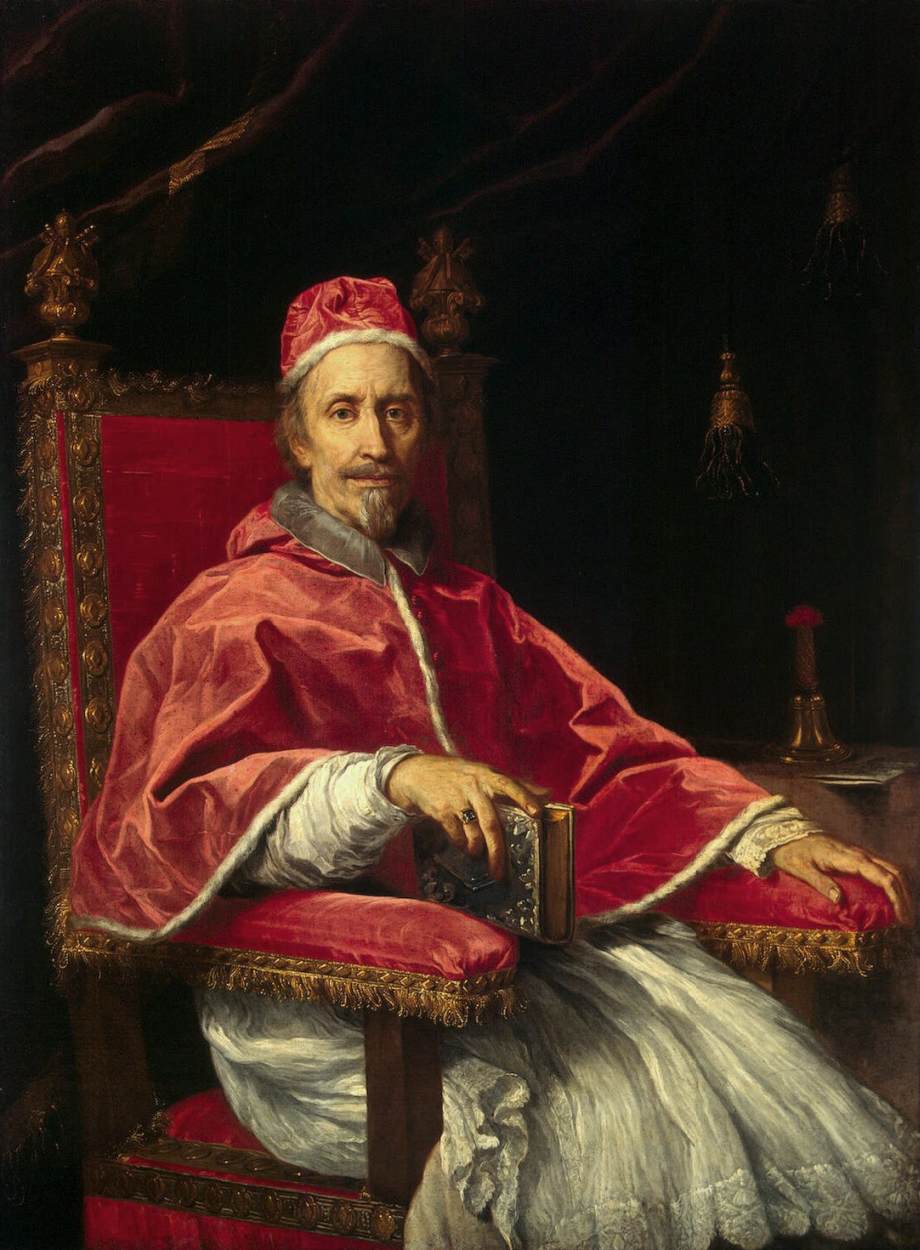
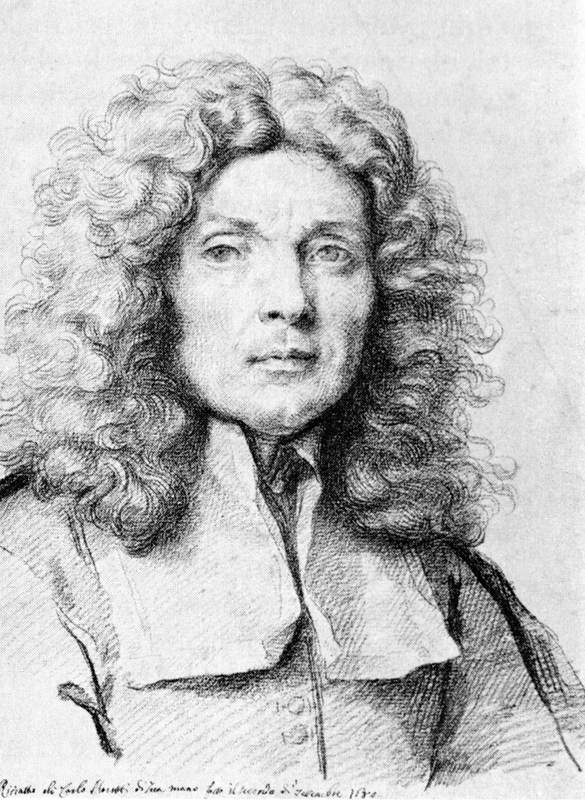
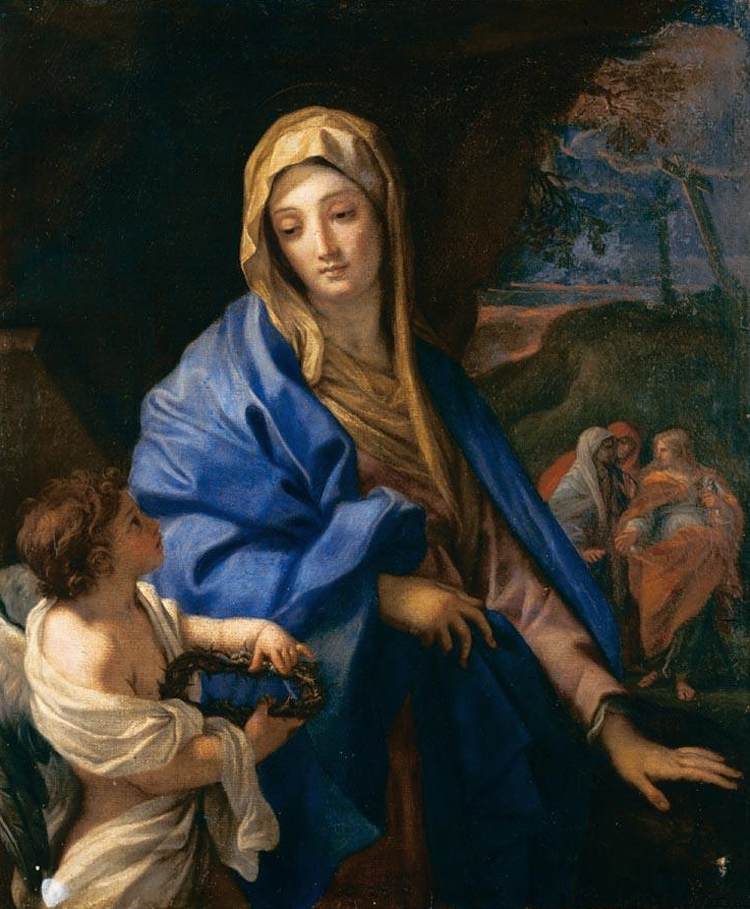
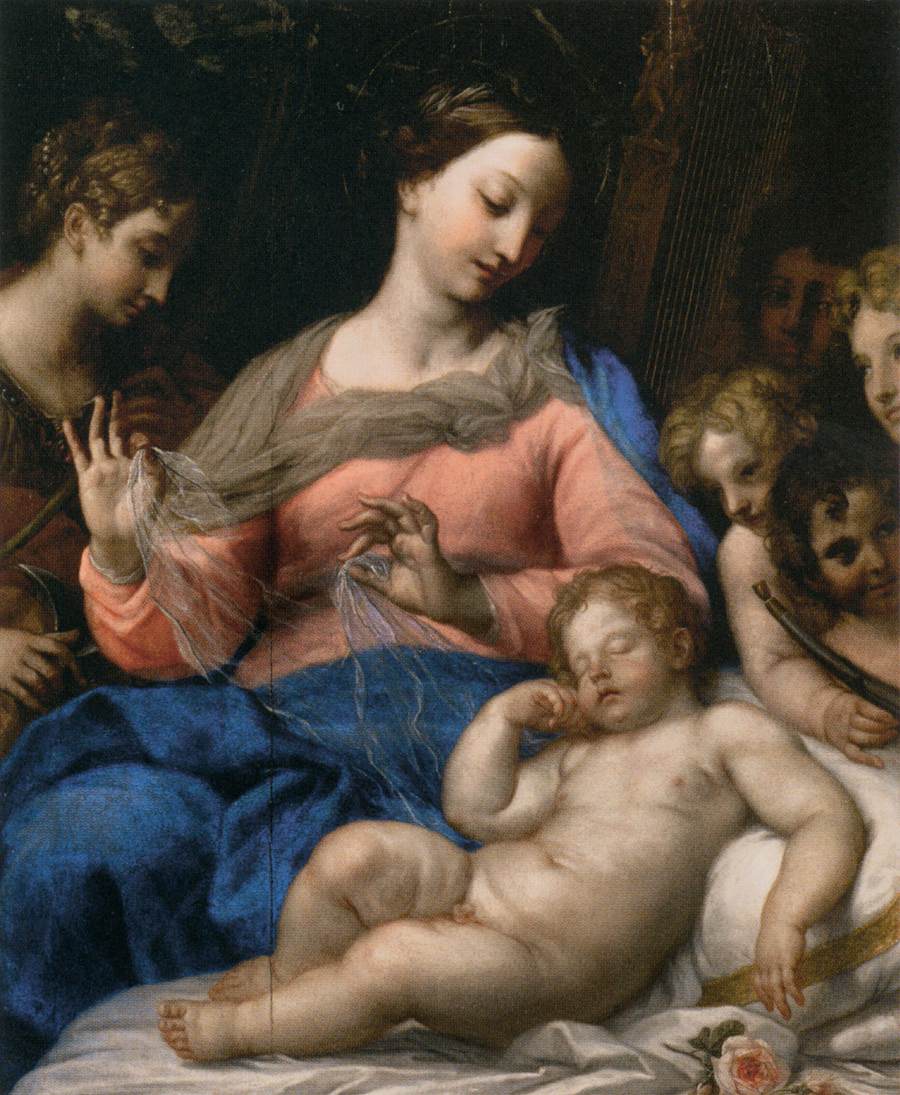
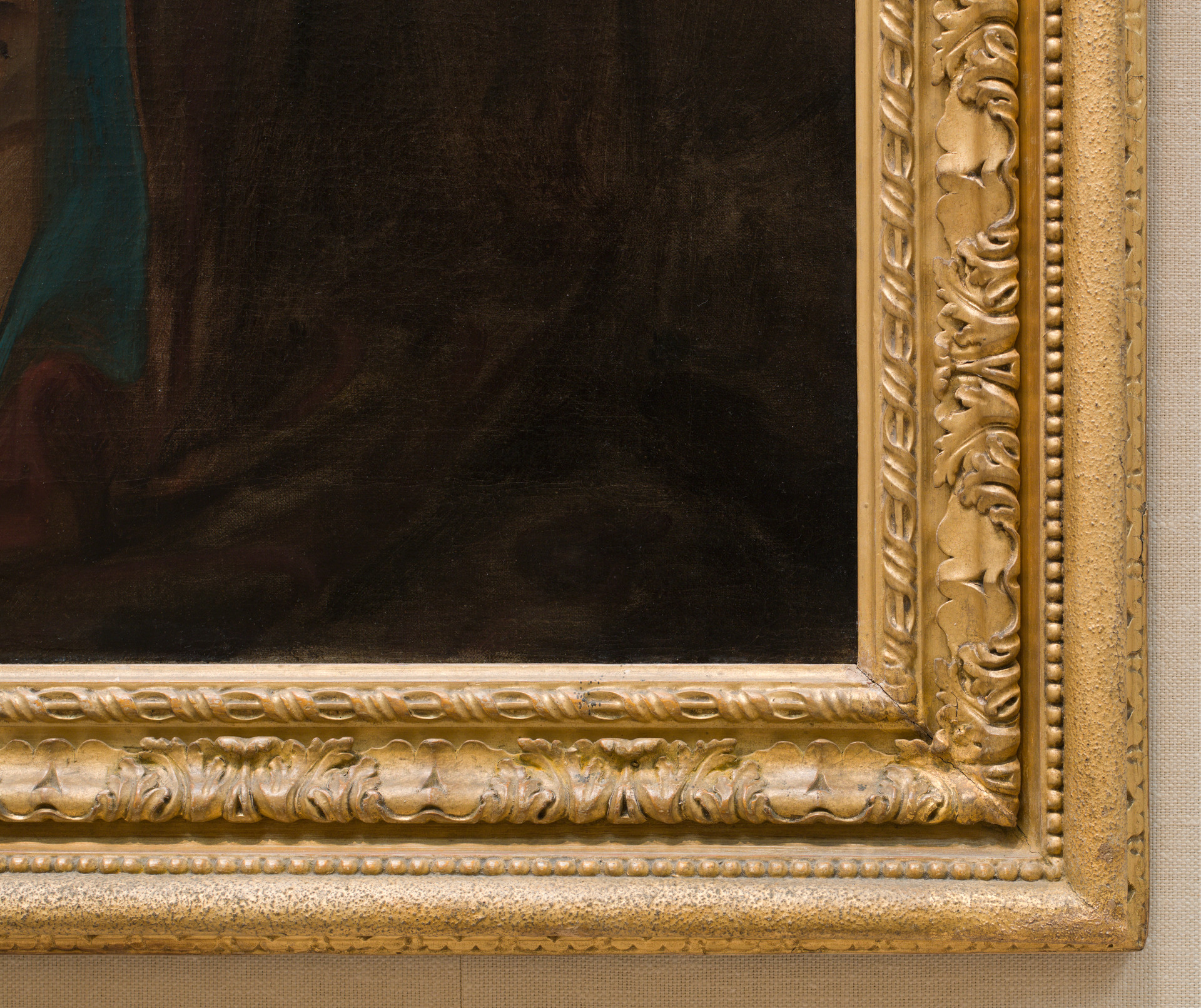
Carlo Maratta, like many artists educated in the academic style popularised by Guido Reni, produced many mediocre religious and historical paintings because he endowed his characters with ridiculous attitudes. However, at the same time, he was able to produce magnificent portraits like those shown above. Another excellent example of this style of painting is the work of Anton Raphael Mengs, a wonderful portraitist but an awful painter of religious and/or mythological subjects.